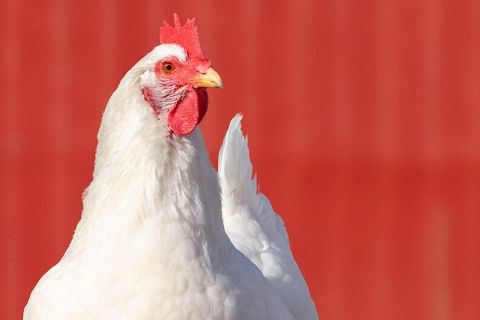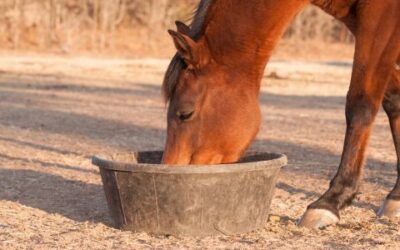
Just like humans, chickens can experience a nasty stomachache every now and then. While we humans can easily take an antacid and wait for the discomfort to pass, chickens are not quite so lucky. Digestive discomfort is a bit trickier for chickens and requires extra care to ensure it’s monitored correctly. The best way to avoid such issues altogether is to ensure you have a firm understanding of the digestive system of a chicken. What goes in must come out, and understanding the process will enable you to make the best decisions possible regarding your chickens’ digestive health.
Upper digestive system
It’s long been asked why the chicken crossed the road, but perhaps a better question is: how can a chicken chew if it doesn’t have any teeth? The simple answer is: they can’t! Chickens peck at their food until it is a safe size to be swallowed whole. It’s imperative, therefore, that chicken feed is small enough that it will not pose a choking hazard. Small food pellets then travel down the esophagus and into the crop. The crop is one of the main differences between a chicken’s and a human’s digestive system. The crop is a sack in the esophagus in which food is stored until it can be properly digested at the chicken’s leisure. The food then travels the remainder of the esophagus until it reaches the stomach.
Stomach and gizzard
As with most digestive systems, the stomach is where the majority of the action happens. Also known as the proventriculus, the stomach breaks down food even further through the addition of digestive enzymes and hydrochloric acid. Hydrochloric acid’s volatile nature plays a crucial part in digestion for fowl. Without hydrochloric acid, the unchewed feed pellets would be unable to pass through the rest of the digestive tract, causing severe constipation. Once food has passed through the stomach, it moves to the gizzard, where it is broken down even further. This organ operates a bit like a blender, mixing the feed with the digestive juices until it becomes a smoothly combined substance. Small stones in the gizzard help aid this process along and ensure that all feed is thoroughly broken down.
Lower digestive tract
Once feed has been ground down in the gizzard, it begins its journey through the lower digestive tract. One of the biggest differences between chickens and humans is that chickens do not have a bladder. Therefore, all urinary wastes produced by the kidneys are disposed of in the same manner as solid waste. All waste passes through a chicken’s cloaca, also referred to as the vent. Because droppings contain both solid and liquid waste, they are usually white and black or brown in color.
It may not be the most appealing pastime, but the best way to ensure your chickens have a healthy digestive system is by checking their droppings. This can be difficult, particularly if you keep multiple chickens in the same area. Outfitting the coop with hay for chickens that clearly displays their droppings and maintaining a regular cleaning schedule will allow you to routinely check their droppings without getting your hands too dirty.




